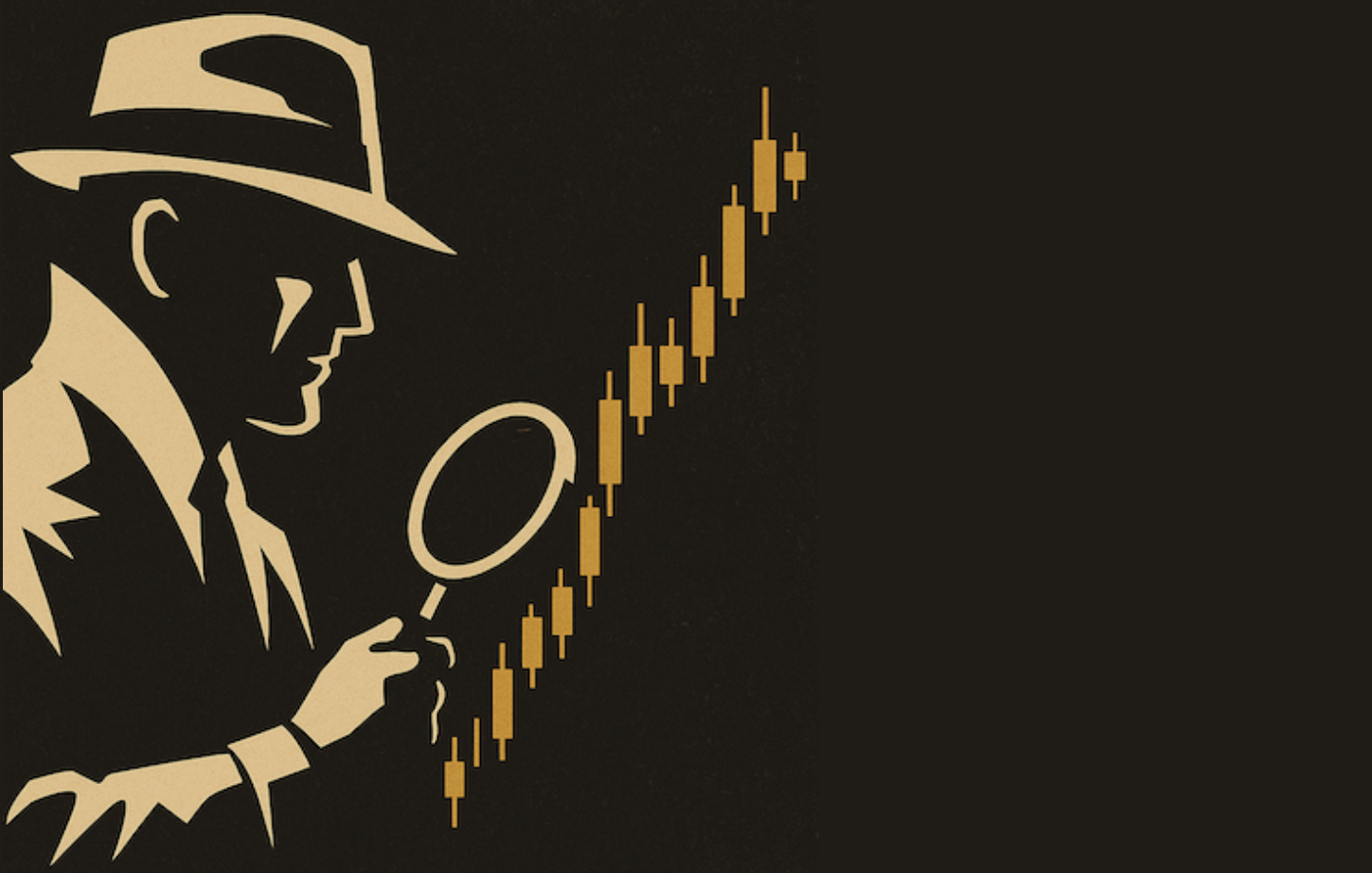COAL, METALS AND STEEL ETFS SHOW RELATIVE WEAKNESS -- DOLLAR FORMS BULLISH ENGULFING AT KEY RETRACEMENT -- GOLD FAILS TO HOLD FLAG BREAKOUT -- 7-10 YEAR T-BOND ETF FAILS AT RESISTANCE -- EUROPEAN FINANCE SECTOR HITS RESISTANCE
COAL, METALS AND STEEL ETFS HAVE WEAK SCTR... Link for todays video. Signs of weakness are showing up in key parts of the materials sector. The Coal Vectors ETF (KOL), Metals & Mining SPDR (XME) and Steel ETF (SLX) have low SCTR scores (<30) and all three are trading below their early February highs. In contrast, the S&P 500 ETF (SPY) sports a relatively high SCTR score (80) and is currently trading above its early February high. SCTR stands for StockCharts Technical Rank (SCTR), which extends from 0 to 100. In general, SCTR readings above 70 show relative strength and upside leadership, while readings below 30 show relative weakness. Chartists can look at the actual level or use the SCTR like any other cumulative indicator, such as the Price Relative or On Balance Volume (OBV). Trend analysis, support/resistance breaks and even divergences can be used to generate signals.
Chart 1 shows the Coal ETF forming a lower high in early February and failing to bounce after breaking the trendline extending up from mid December. Since the gap and trendline break, the ETF formed a pennant consolidation and a break below pennant support would signal a continuation lower. This would also break the trendline extending up from the early October low. The indicator window shows the SCTR remaining at low levels and failing to breakout in early February.

(click to view a live version of this chart)
Chart 1
Chart 2 shows the Metals and Mining SPDR also forming a lower high in October and breaking down with a gap in early February. The gap and trendline break are holding as XME established resistance at 55 the last few weeks. The SCTR failed to hold its resistance breakout in early February and moved to new lows recently.

(click to view a live version of this chart)
Chart 2
Chart 3 shows the Steel ETF moving above its October high, which makes it the strongest of these three. However, SLX also broke down in early-mid February with a gap and then formed a small rising wedge. A break below wedge support would signal a continuation lower. The indicator window shows the SCTR breaking out in mid January, but falling back to low levels again and signalling relative weakness.

(click to view a live version of this chart)
Chart 3
DOLLAR FORMS BULLISH ENGULFING AT KEY RETRACEMENT ... In his testimony before Congress today, Fed Chairman Ben Bernanke did not hint at further stimulus for the economy (aka QE3). This news, or rather lack of it, sent the Dollar sharply higher and gold sharply lower. It should also be noted that recent Fed minutes indicated little support among Fed governors for another round of QE. In general, quantitative easing is Dollar bearish because it dilutes the currency by putting more money into the system. Gold, as the un-currency, benefits because it is a hard asset that is immune to quantitative easing. Chart 4 shows the US Dollar Bullish ETF (UUP) forming a bullish engulfing pattern near the 62% retracement line. In fact, todays candlestick is set to engulf the prior three. Also notice that the decline since mid January formed a falling wedge. Both the pattern and the retracement amount are normal for corrections within bigger uptrends. Even so, UUP has yet to confirm the bullish engulfing or break the wedge trendline. Follow through above 22.10 is needed to take todays bullish engulfing seriously. Chart 5 shows the Euro Currency Trust (FXE) reversing at the 50% retracement line with a long black candlestick today.

(click to view a live version of this chart)
Chart 4

(click to view a live version of this chart)
Chart 5
GOLD FAILS TO HOLD FLAG BREAKOUT... Chart 6 shows the Gold SPDR (GLD) moving back below the flag breakout with a sharp decline. After a surge from late December to late February, the ETF formed a falling flag and broke flag resistance around 170. A strong breakout should hold and this one clearly failed as GLD plunged below 170 today. The February lows mark a support zone around 165-166. Follow through below this level would be quite negative for bullion.

(click to view a live version of this chart)
Chart 6
The indicator window shows the Correlation Coefficient for gold and stocks (red) and the Correlation Coefficient for gold and the Dollar (green). Notice that gold and stocks are positively correlated, which means todays decline is negative for the stock market. The Dollar and gold have enjoyed a negative correlation for most of the last six months. This means further strength in the greenback would be negative for gold. Chart 7 shows Spot Gold ($GOLD) testing the February lows with a move to 1710 on Wednesday. Chart 8 shows Spot Silver ($SILVER) moving sharply lower, but still above broken resistance.

(click to view a live version of this chart)
Chart 7

(click to view a live version of this chart)
Chart 8
7-10 YEAR T-BOND ETF FAILS AT RESISTANCE... Fed Chairman Bernanke noted that the Fed was getting mixed signals on the economy. No kidding. It appears that treasury bonds are also mixed up and with nowhere to go. Chart 9 shows the 7-10 year T-Bond ETF (IEF) surging off support last week and moving above 105.50 on Monday-Tuesday. A familiar resistance line just below 106 turned this surge back. Overall, the big trend remains up as IEF recorded a new high in late January. The pattern since late January looks like a triangle. Also note that the pattern since mid December could be considered a diamond. Either way, last weeks low and this weeks high hold the keys. A break above this weeks high would signal a continuation higher and keep the uptrend alive. Failure at resistance and a move below the February lows would be bearish. Stock traders should keep a close eye on this chart because treasuries and stocks are negatively correlated. An upside breakout in IEF would be negative for SPY, while a downside break would be positive.

(click to view a live version of this chart)
Chart 9
Chart 10 shows the 10-year Treasury Yield ($TNX) within a trading range since mid December. Chartists should watch these boundaries for the next definitive clue on long-term rates. A break above 21 (2.10%) would point to higher rates and lower treasury prices. In fact, I must admit that this chart looks quite bullish. Notice the surge in October, falling wedge in November-December and higher lows at 18. Long-term rates appear headed higher and this suggests that treasuries are headed lower, which would be bullish for stocks. Of the two charts, I would put more credence in the 10-year Treasury Yield ($TNX) chart than the 7-10 year T-Bond ETF (IEF) chart. Why? Because IEF is an ETF and the yield chart is must closer to the read McCoy (10-year Treasury Note).

(click to view a live version of this chart)
Chart 10
EUROPEAN FINANCE SECTOR HITS RESISTANCE... Today was the second round of the LTRO (long-term refinancing operations) for the European Central Bank (ECB) and European banks. In a nutshell, EU banks can borrow from the ECB at very low rates (1%) and invest that money in higher yielding government paper (Italian, Spanish bonds etc...). It is a license to print money and the European finance sector seems to like it. Careful though. This news is already priced into the sector. In fact, we could see the old buy-the-rumor and sell-the-news scenario unfold now that the event as passed. Chart 11 shows the DJ Europe Financials Index ($E1FIN) bouncing off the 125 area in September and November to form a double bottom of sorts. The index advanced to double bottom resistance with a surge above 160 in early February and then consolidated the last few weeks. A move above the February highs would break consolidation resistance and likely lead to a double bottom breakout, which would be quite bullish. The double bottom is just potential until confirmed with an actual breakout. The mid February low marks first support. Failure to break out and a move below this level would be a bearish development.

(click to view a live version of this chart)
Chart 11
TRACKING EU SECTORS WITH DOW JONES INDICES... StockCharts.com users can track several European sectors with special Dow Jones indices. As the table below shows, there are ten sector indices available, a broad Europe index, a Europe ex-UK index and a Nordic index.











